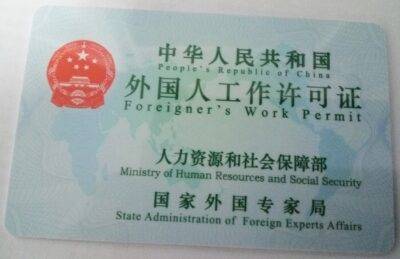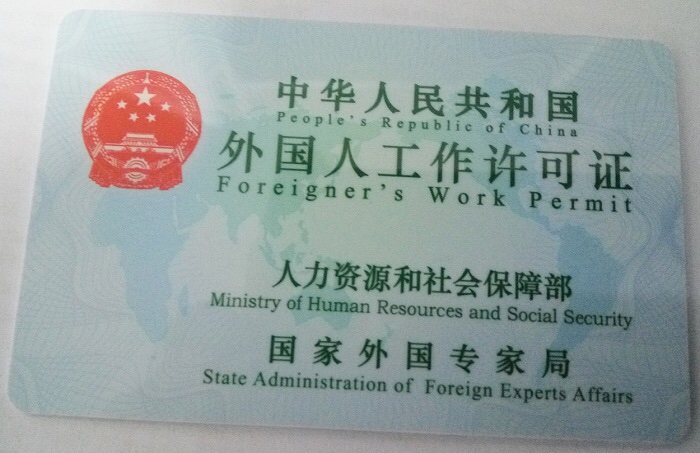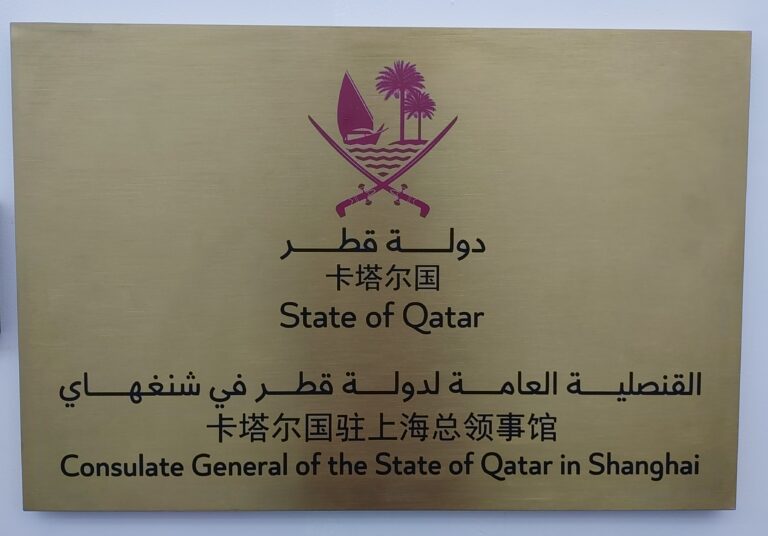
This article focuses on the various scenarios that a foreign worker can encounter when attempting to to transfer his/her Chinese work and residence permit to a new employer what to do in such a situation.

Scenario #1: Work permit revoked but residence permit unaffected
Typically, this is the most typical situation (at least in Shanghai).
When opting to switch employers, the employee asks their present company for a release letter and a letter canceling their work permit, then gives those documents to their new employer.
After that, you will have ten days (counting from the day the release letter was issued) to apply for a stay permit that will be valid for 30 days, followed by an application for a new work permit. Then, you can apply for a new residence permit right after that.
Legally, you are not permitted to stay on your current work residence permit if the ten-day period has passed. Assume that a person left their job on March 1, 2023, and they have the letter of release and the documentation for the termination of their work permit. He no longer has a job and resides in China with a legitimate residency permit. He acquired a job on April 1, 2023, and his residence permit expires on May 1.
Given that he did not apply for a humanitarian visa or another residence permit (such as family reunion) within the allotted ten days and that he was continuing to use a residence permit that is supposed to be associated with a specific employer even though he was not actually employed by that organization, he may be deemed to be in an overstay situation.
The applicant can request a extension of the humanitarian visa for up to 30 days to finish the procedure if their work permit application is still pending after requesting the first humanitarian visa, but this varies from one city to another so double check if you are eligible for an extension or if you have to continue the application from your home country.
Scenario #2: Both the work permit and the residence permit are revoked
If your residence permit and work permit have both been revoked, you will need to apply for a humanitarian visa (T visa), which permits you to stay for up to 30 days and allows you to at least begin the work permit application process.
If you were unable to finish the process within those 30 days, you would mostly have to leave China and continue the process with your employer from your country of origin.
However, we heard cased where an applicant can request a extension of the humanitarian visa for up to thirty days to finish the procedure if their work permit application is still in progress after requesting the first humanitarian visa, but this varies from one city to another so double check if you are eligible for an extension or if you have to continue the application from your home country.
Scenario #3: Switching to a different (higher or lower) position with a different job title
The SAFEA would require that you demonstrate at least two years of experience in that role in your prior employment if you were changing your job title, for example, from teacher to business development manager. Otherwise, the candidate would be deemed unqualified, and the work permit request would be denied. This means that if your job title changes, you must demonstrate at least two years of relevant experience.
Scenario #4: Change of province or city
As this is very city-specific, we advise you to speak with your local SAFEA. For instance, if you were moving from another Chinese city to Shanghai, you may do so as long as your residence permit was still in effect and only your work permit had been revoked (see scenario #1 above).
Other cities could demand that you return home and obtain a fresh Z-visa before converting it to a local residence permit within 30 days of your arrival in China. Although if the transfer can be completed in China, in some cities it requires more paperwork than a renewal (PCC/NCR is typically required in this case).
problems with the employer (e.g. unwilling to provide release letter or cancel work permit, etc)
This happens frequently, especially in the educational field, when the institution may refuse to give a release letter or revoke the work permit out of spite.
In this situation, you have two options:
- You must negotiate with a third party to help address the issue (for example, assist the school in finding a replacement in exchange for receiving the necessary documents).
- You file an arbitration with SAFEA to get the work permit cancelled and an order to the employer to issue a release letter. However, this could be a lengthy process so the first option is the easiest.



